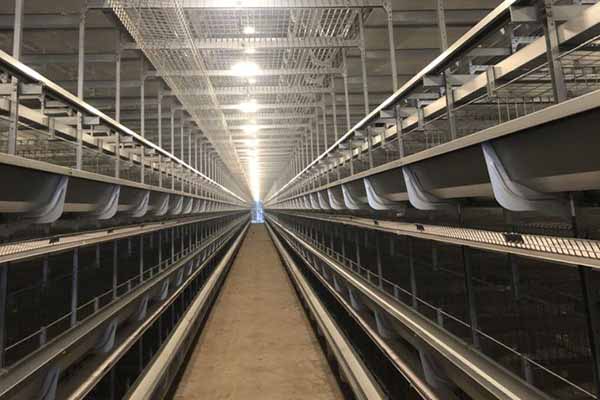Optimizing Chicken House Insulation Materials for Enhanced Productivity
Introduction to Chicken House Insulation
Insulation in chicken houses is crucial for maintaining an optimal environment for poultry. Proper insulation not only ensures the health and comfort of the chickens but also enhances energy efficiency, leading to cost savings. The choice of insulation materials is pivotal in achieving these objectives.
Key Insulation Materials for Chicken Houses
- Expanded Polystyrene (EPS): EPS is a lightweight and cost-effective insulation material. It provides excellent thermal resistance and is resistant to moisture, making it ideal for chicken houses. EPS can reduce energy consumption by up to 25%, as per a study by the National Research Council of Canada.
- Cellulose Insulation: Made from recycled paper, cellulose insulation is an environmentally friendly option. It has high thermal resistance and can reduce energy bills by 15-20%. Additionally, it is resistant to pests and fire, further enhancing the safety of the chickens.
- Rock Wool Insulation: Rock wool is made from volcanic rock and has excellent thermal and acoustic properties. It is non-combustible, non-toxic, and resistant to rodents, making it a reliable choice for chicken house insulation.
Benefits of Insulation Materials in Chicken Houses
| Insulation Material | Benefits |
|---|---|
| Expanded Polystyrene (EPS) | Reduces energy consumption, resistant to moisture, cost-effective |
| Cellulose Insulation | High thermal resistance, environmentally friendly, pest-resistant |
| Rock Wool Insulation | Excellent thermal and acoustic properties, non-combustible, resistant to rodents |
Implementing Insulation in Chicken Houses
The proper installation of insulation materials is essential for maximizing their effectiveness. The following steps can help in achieving optimal insulation:
- Plan the insulation layout to ensure even distribution across the chicken house.
- Seal any gaps or cracks in the walls and roof to prevent heat loss or gain.
- Install insulation in accordance with manufacturer guidelines for best results.
- Regularly inspect and maintain the insulation to ensure continued efficiency.
Conclusion
Selecting the right insulation materials for your chicken house can significantly impact your operation’s productivity and profitability. By choosing materials like EPS, cellulose, or rock wool, you can create a comfortable environment for your chickens while reducing energy costs.
If you’re considering upgrading your chicken house insulation or need guidance on the best materials to use, we’d be happy to assist you. Leave a comment below, and our team will get back to you with a free, customized chicken house design and equipment quote.


